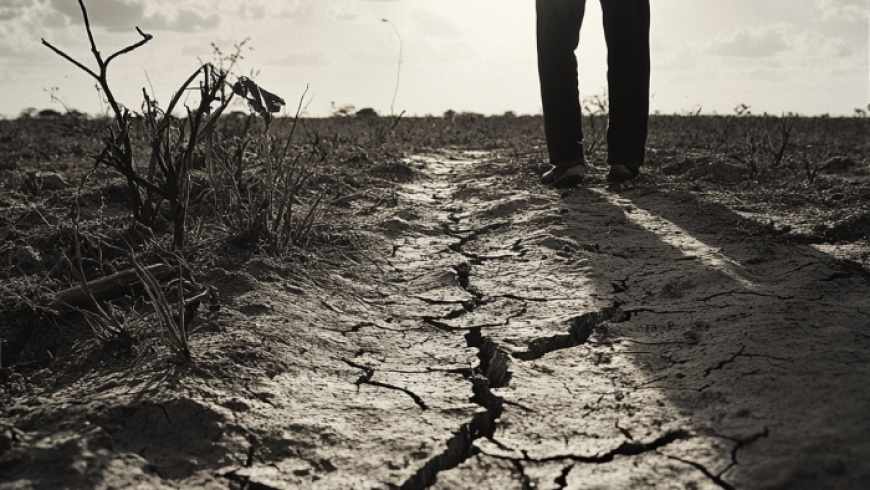
PUMA, with the support of PwC and Trucost, have recently launched the results of its first product level Environmental Profit & Loss (E P&L) accounts which value the environmental impacts of products in Euros and cents.
The results compare the environmental impacts from cradle to grave of a conventional shoe and T-shirt with more sustainable alternatives and illustrate how a sustainable approach to production reduces the impact on the environment by a third compared to conventional products.
The analysis focused on the environmental impacts caused by greenhouse gas (GHG) emissions, waste and air pollution, as well as the use of natural resources such as water and land along the entire value chain from the generation of raw materials and production processes to the consumer phase when customers use, wash, dry, iron and finally dispose of the products.
Alan McGill, partner, PwC said:
"By putting a value on even one product's environmental impacts, it brings into sharp focus the debates over commodity pricing, natural resource security and supply. Even as an emerging methodology, it challenges conventional business thinking - and consumers’ views - on how we measure and monitor the embedded environmental value and impacts of what we buy."
Malcolm Preston, global lead, sustainability and climate change, PwC said:
“Natural resource scarcity and pricing is no longer an academic debate, it is an issue for every business and consumer. Measuring and pricing the impacts is the first step to understanding what we need to do to live within the constraints of our planet. It puts consumer and business buying decisions on the front line of the environmental and resource scarcity debates.
“Our research shows that in general, consumers are unwilling to pay a significant premium for sustainable goods, however, when the price point and quality is similar, the more sustainable product flies off the shelf first.”
The results compare the environmental impacts from cradle to grave of a conventional shoe and T-shirt with more sustainable alternatives and illustrate how a sustainable approach to production reduces the impact on the environment by a third compared to conventional products.
The analysis focused on the environmental impacts caused by greenhouse gas (GHG) emissions, waste and air pollution, as well as the use of natural resources such as water and land along the entire value chain from the generation of raw materials and production processes to the consumer phase when customers use, wash, dry, iron and finally dispose of the products.
Alan McGill, partner, PwC said:
"By putting a value on even one product's environmental impacts, it brings into sharp focus the debates over commodity pricing, natural resource security and supply. Even as an emerging methodology, it challenges conventional business thinking - and consumers’ views - on how we measure and monitor the embedded environmental value and impacts of what we buy."
Malcolm Preston, global lead, sustainability and climate change, PwC said:
“Natural resource scarcity and pricing is no longer an academic debate, it is an issue for every business and consumer. Measuring and pricing the impacts is the first step to understanding what we need to do to live within the constraints of our planet. It puts consumer and business buying decisions on the front line of the environmental and resource scarcity debates.
“Our research shows that in general, consumers are unwilling to pay a significant premium for sustainable goods, however, when the price point and quality is similar, the more sustainable product flies off the shelf first.”














 3287.99
3287.99 1275.09
1275.09
